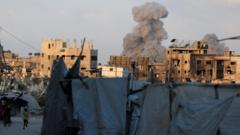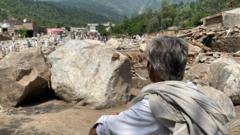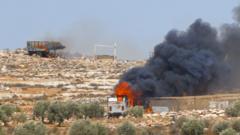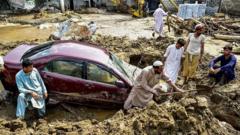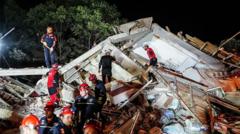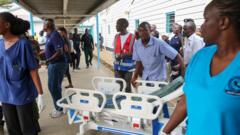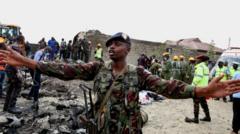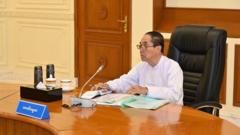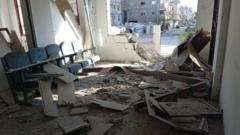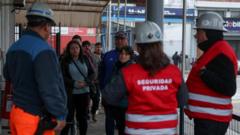Following a catastrophic earthquake in Myanmar, Imam Soe Nay Oo reflects on the tragic death of around 170 people during Friday prayers in Sagaing. The earthquake has claimed over 2,700 lives, prompting profound grief and logistical challenges for burials, as many victims were Muslim worshippers caught in the collapse of mosques.
Tragedy Strikes: Imam Mourns Loss of 170 Lives in Myanmar Earthquake
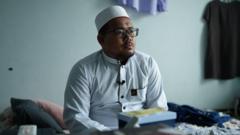
Tragedy Strikes: Imam Mourns Loss of 170 Lives in Myanmar Earthquake
The devastating earthquake in Myanmar has left an imam grieving for the loss of family, friends, and his community as they prayed in mosques during Ramadan.
As the call to prayer resonated through the air in the central city of Sagaing, scores of Muslims gathered at five mosques to offer their last Friday prayers before the end of Ramadan. Tragically, their devotion was met with calamity at 12:51 pm local time when a powerful earthquake struck the region, resulting in the collapse of three mosques, including the largest, Myoma, and claiming nearly all lives inside.
From the distance of Mae Sot in Thailand, former Myoma mosque Imam Soe Nay Oo was jolted by the quake’s tremors. In the days following, he was heart-wrenchingly informed that approximately 170 individuals from his community—relatives, friends, and former congregants—had perished during the prayers, including prominent members who had contributed greatly to the Muslim community in Sagaing. "I can't hold back my tears when I talk about this," he expressed, mourning the loss of his community and lamenting the impact on the victims' families—some of whom were young children.
The earthquake, centered near Sagaing and Mandalay, has contributed to a tragic death toll of over 2,700, with fears that this number may continue to climb as rescue operations persist. Initial estimates suggest around 500 Muslims were lost in their places of worship, leading military leader Min Aung Hlaing to provide these numbers amidst a backdrop of devastation that has left many more homeless, with scarce access to food and shelter.
Myoma Street emerged as the hardest-hit area, with eyewitness accounts highlighting the obliteration not just of mosques, but of numerous residential buildings. While survival efforts are ongoing, a perpetual state of fear looms over those displaced and shaken, as aftershocks continue to rattle the region.
For Soe Nay Oo, the calamity has transformed his life and community. Despite having fled Myanmar following the military coup in 2021 to work for a human rights organization in Thailand, he now feels a profound sense of survivor's guilt, deeply wishing he could have been there for his congregation during this dark hour. "If I were the imam still, I would have gone with them," he grieves. Furthermore, he continues to face uncertainty regarding the safety of family members who remain in the affected areas.
As he coordinates rescue efforts from afar and reaches out to those still in his hometown, Soe Nay Oo’s heart is heavy with anguish. He expresses deep sorrow at the neglected burial practices for the deceased, a crucial aspect of Islamic faith, as many bodies could not be laid to rest in a timely manner due to ongoing military activities and limited resources to transport the dead.
Emphasizing a collective effort to help, he advocates for community resilience while confronting his own challenges as a refugee, striving to provide support in every way he can. Soe Nay Oo captures the duality of emotions he experiences: grief for his lost loved ones and a profound desire to uplift his community in their greatest time of need.

